
We all know meats, fruits and veggies can be housed in the freezer for quite some time. But what about all those other grocery staples? Whether the market is having a big sale on grapes or you have a bumper crop of parsley you can’t give away, you’ll be delighted to know these common food items can be popped into the freezer for long-term storage. (So can all these freezer meals!)
When it comes to freezing food, not everything is a good fit. Foods with a high moisture content such as cucumbers, watermelon and oranges don’t freeze well. But with the proper prep, your freezer can prolong the lives of the following foods.

Applesauce
Yep, tastes just like fresh when you pull it from the freezer. Store in an airtight container (remember to leave headspace) for up to 12 months.
If your meal prep involves freezing food, then you’ve probably come across the dreaded freezer burn. Check if the freezer burns safe to eat.
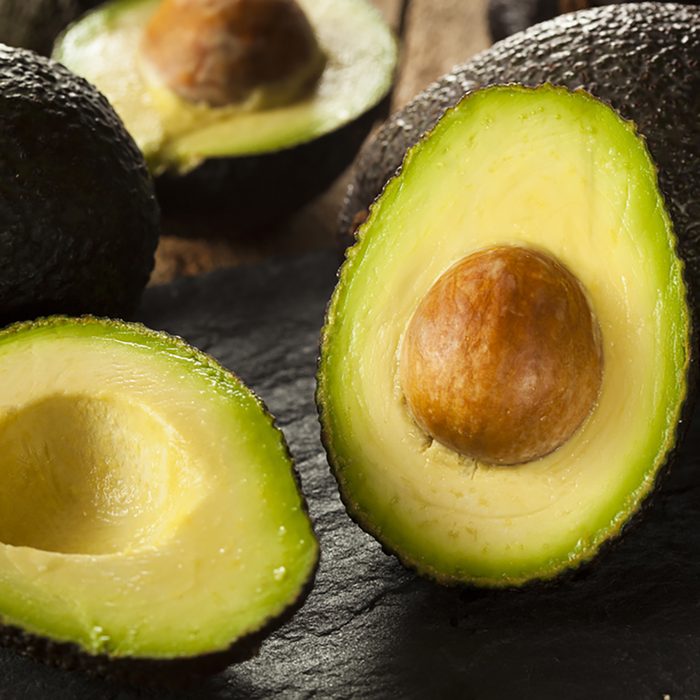
Avocados
Wash and halve the fruits before peeling. Freeze as halves or puree with lime or lemon juice. Frozen avocados tend to become mushy, so they’re fine for sauces or dips but not good for eating by the slice.
Psst: Here’s one thing chef Aarón Sánchez says you should never do to an avocado.

Bacon
For handy serving portions, divide two to four slices between pieces of waxed paper and store in a freezer bag. Thaw overnight in the fridge and it’ll be all set to cook in the morning. Or, to defrost in a couple of hours, place freezer bag in cold water, changing the water every 30 minutes.

Bananas
Freeze with or without skin, but know that, like avocados, the bananas will be mushy. That’s fine for adding to banana bread, pancakes or smoothies, but not for munching whole.

Butter
Butter can be frozen right in its wrapper and placed in a freezer bag or wrapped in foil. Grate frozen butter directly into dough for flaky baked goods, or use these methods to soften butter quickly.
Butter keeps well in the fridge, but can you freeze butter?

Casseroles (Without the Dish!)
Want the convenience of make-ahead freezer casseroles but need to use the dish? Line a casserole dish with freezer paper. Add the ingredients, then freeze. When the whole thing is frozen solid, remove the contents by lifting out with the paper. Then toss the paper, rewrap the food and put it back in the freezer. The day before you want to eat it, unwrap the contents and put them in the original dish to thaw in the fridge overnight.

Cheese
Grate the cheese and place it in an airtight bag (portion into 1- or 2-cup servings for convenience). If desired, add a tablespoon of cornstarch to help prevent clumping and shake to combine. Thaw in the fridge, and use for casseroles, soups, quiche or one of these amazing pizzas. The texture of frozen block cheese is generally too crumbly to use in sandwiches.
Note: Hard and semi-hard cheeses like Parmesan, cheddar and mozzarella freeze better than soft cheeses.

Chocolate
For chocolate to freeze properly, the temperature must be lowered gradually. Wrap tightly, place in an airtight container or freezer bag and pop in the fridge for up to 24 hours. Then place in the freezer. To thaw, reverse the process by first placing the chocolate in the fridge. Make sure the temperature rises slowly to avoid condensation. Once out of the fridge, allow chocolate to come to room temperature before unwrapping.
This is especially useful for baking chocolate, which you probably don’t use very often. This brand rose to the top in our taste test.

Cream Cheese & Sour Cream
If you plan to spread it on a bagel, forget freezing it because the texture will change. But if you’re using that cream cheese or sour cream for cheesecake, casseroles or other baked goods, it most certainly can be frozen. Thaw in the fridge overnight, reheat slowly and stir constantly so it doesn’t separate, become crumbly or curdle.
Note: Whipping cream can also be frozen, but it will be broken and unable to be whipped. (It can still be used for sauces.)

Eggs
Do not freeze eggs in the shell! You can freeze eggs, however, either gently whisked and stored in a freezer-friendly container or separated and poured into ice cube trays. Keep in mind that thawed egg whites may not whip up to a foam as well as fresh eggs, so avoid using them for things like angel food cake or meringue.
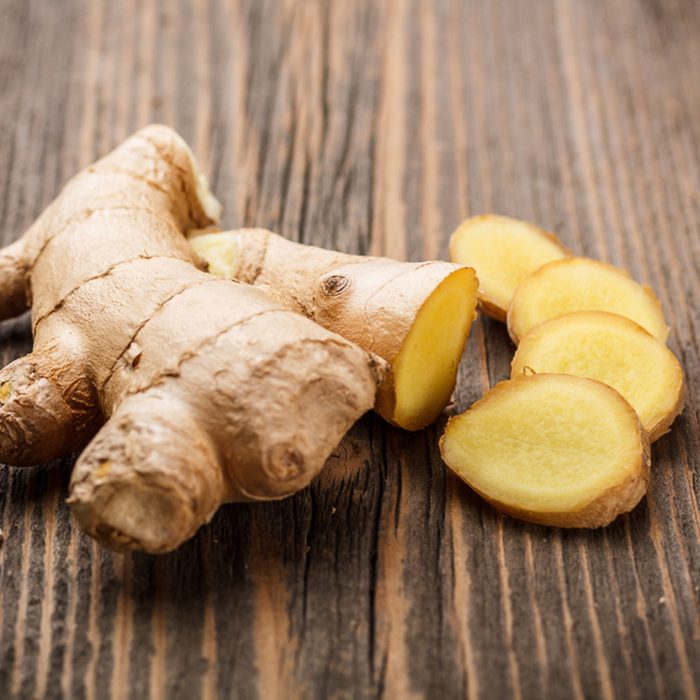
Ginger
Frozen ginger is much easier to grate than the fresh stuff, so it makes sense to keep it in the freezer. Wrap it in plastic (either whole or in 1-inch pieces, if desired) and place in a freezer bag. Pop it out, grate the amount you need, and place back in freezer. You can also freeze chopped or sliced ginger. Wrap tightly and store in an airtight bag.

Grapes
Have you ever had a frozen grape? They’re delicious! Wash and dry them thoroughly and spread them on a baking sheet to freeze overnight. Plop them into an airtight bag, and when you crave a snack, grab a handful and start snacking. Try these other ways to love grapes, too.
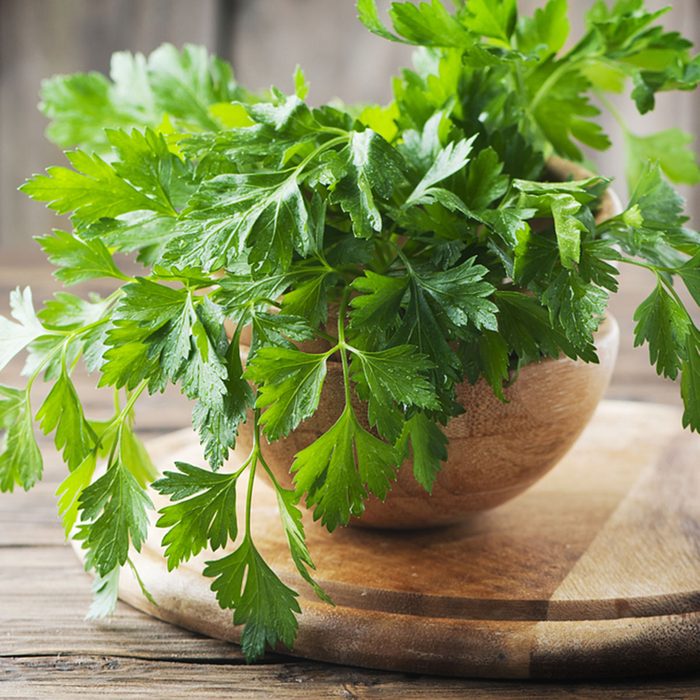
Herbs
Don’t let that bumper crop of parsley go to waste. Chop herbs finely, place in ice cube trays, cover with water or olive oil and freeze. Once frozen, place in a freezer bag. Take out cubes as needed to add to stews, soups and casseroles. Frozen herbs will be too limp to use as a garnish. (Learn more about how long frozen vegetables last.)
Have a kitchen garden? You should be growing these herbs.
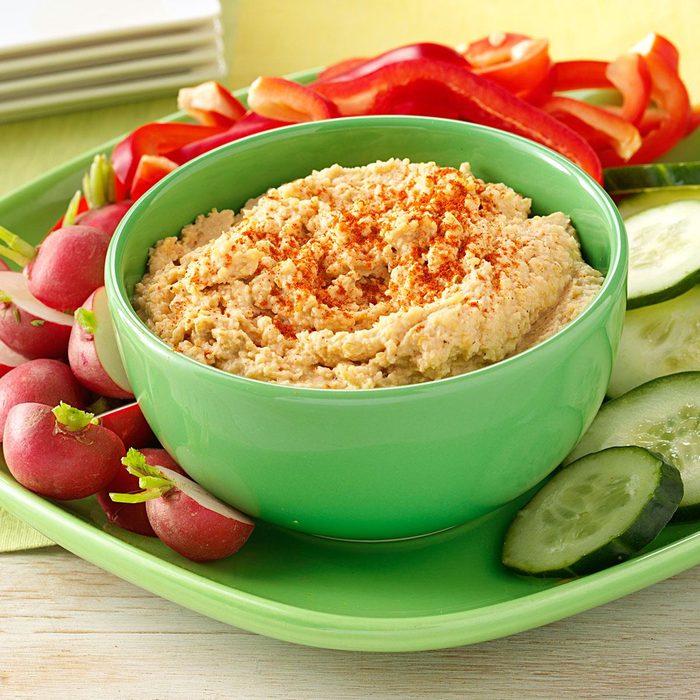
Hummus
If you want to make one of these must-know hummus recipes ahead, have at it. Then add a thin layer of olive oil to the top of hummus that’s been placed in an airtight container, then seal and freeze. To use, thaw in the fridge for a day and mix thoroughly.

Citrus
The zest of any citrus can be frozen in an airtight container, then break off a piece when you want to use it.
Squeeze the juice into ice cube trays and freeze. Pop cubes into a freezer bag and take out as needed. Use the juice cubes to keep homemade lemonade cool on a hot summer day without diluting the flavor.
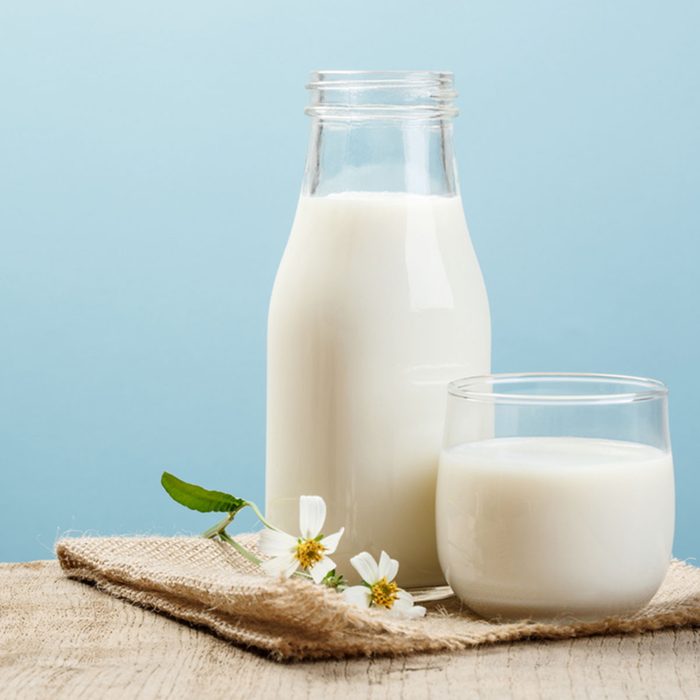
Milk
If your milk is getting close to its expiration date, freeze away. It may become grainy so it’s best for cooking and baking rather than drinking. Freeze in a glass container or ice cube tray, always leaving room for expansion. Thaw in the fridge and shake well before using.

Nuts
Storing nuts in the freezer helps keep their natural oils from going bad. Wrap well in plastic and store in a freezer bag. When you’re ready, add them to these healthy recipes!

Rice
Rice, particularly long-cooking varieties like brown or wild, can be frozen, but it’s better for adding to a dish than eating on its own. Slightly undercook rice and freeze on a parchment paper-lined cookie sheet. Portion it out for convenience and store in the freezer in airtight containers.
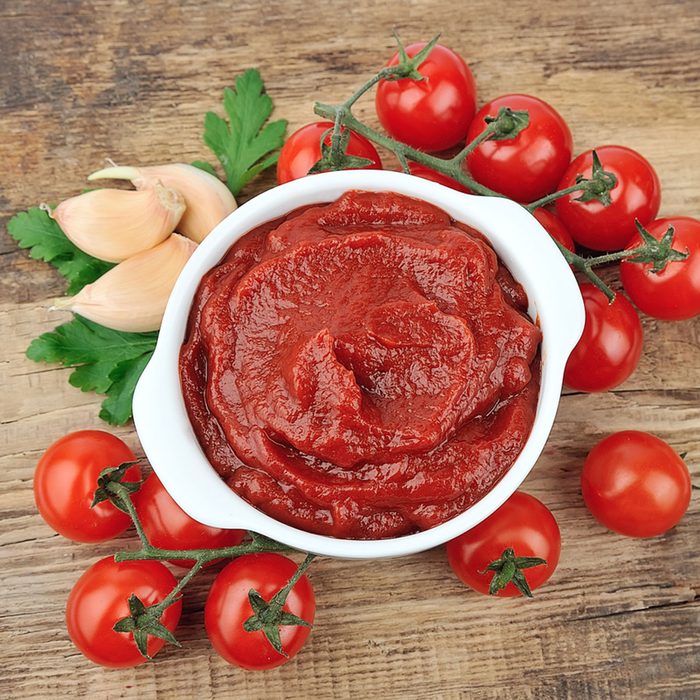
Tomato Paste
Used 1 tablespoon and have the rest of the can left over? Portion it onto a plastic-lined cookie sheet by tablespoons and freeze. Once frozen, wrap in plastic and place in a freezer bag. (Do not freeze tomato paste in the can.)
Now that you know which foods you can freeze, you’ll want these freezer organization tips.
